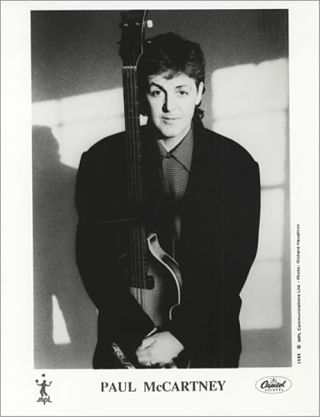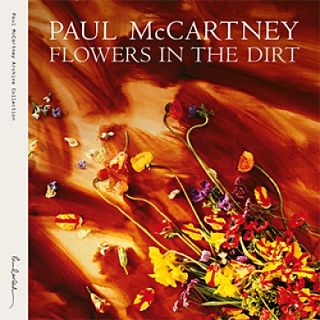Paul McCartney / The 5 String Years


The bass police opened a vein – and continue to hemorrhage – whenever Paul’s forays into the extended range are mentioned.
To my ears– Paul was / is oft panned for what other artists are praised for. Macca’s trio of mid-80s slabs (Pipes of Peace / 1983, Press to Play / 1986, Flowers In The Dirt / 1989) were commendable pop efforts, and his low-B bass served the songs and the arrangements.


At the time – the 1980s – the concept of the “legacy artist” in rock had yet to be established as it would be in the 1990s wherein producers such as Don Was and Rick Rubin (and record company suits) nudged older rockers to wax new records that echoed their classic sides.
Yet back in the Reagan / Thatcher / Phil Collins era, elder artists were “pressed” to sound “contemporary” lest they be considered irrelevant.


Take into strong consideration that musicians are curious by nature, and when new technology comes out, we want to use it! Nowadays “retro” is revered – and desired. As a 1980s working musician – my colleagues and I never considered “looking back.” That’s not what the Beatles did, nor Bowie, nor Miles.
Bring on the Steinberger XL, DX 7, Linn Drum Machine. Paul’s employ of producers such as Hugh Padgham, Mitchell Froom, and his gravitation to the extended range bass was, in my opinion, a wise decision.

